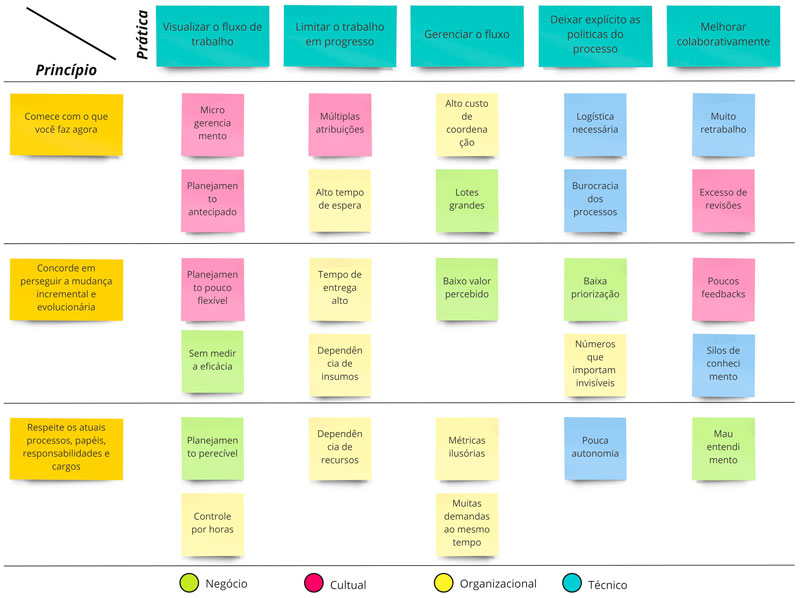Cost reduction is a goal in many industries, including the textile industry. This is natural, as reducing costs and waste makes the production process more profitable and the company more competitive. One of the ways to achieve this objective is by applying the Just in Time concept (translated into Portuguese as “In the Right Time”).
To learn how it works, what its objectives are, and the results it can provide, just keep reading this article!
What is the Just in Time methodology?
Developed by Toyota in the 1970s, Just in Time began to be applied to solve a problem the Japanese manufacturer was facing.
It was post-war, and Toyota needed a methodology that would allow the manufacturing of different models in small quantities and at a low cost to increase its competitiveness using the few resources it had at hand.
For this, it developed the Just in Time concept, also called the Toyota Production System and, in the West, the Kanban system – the name given to the cards used to authorize the production and movement of items in the production process.

The difference between this methodology and the classic production system is that, while in the classic production system there is always an intermediate stock between one stage and another to prevent errors in one stage from affecting the next, in Just in Time, this stock does not exist.
Production is done on demand, which means that first, the product is sold, and only then is the raw material purchased, followed by manufacturing. As a result, inputs arrive at the place of use only at the time of production, and the stock doesn’t sit idle.
+ Find out more: Advanced manufacturing in the Textile Industry. Quality control in the era of Industry 4.0
What results are obtained?
Although there is no longer any time saved for solving problems between each stage, this is precisely the advantage that leads to process optimization and also cost reduction.
This is because the stock that serves to avoid production stops can end up camouflaging process errors, generating waste of materials and inefficiency.
From the moment that a failure in one of the steps automatically harms the others, much greater care is taken to prevent errors and also to ensure the efficiency of the processes.
Failures are no longer seen as inevitable and, when they occur, solutions tend to be created to eliminate errors definitively.
As a result, some situations that cause waste no longer occur, reducing costs. They are:
- Products manufactured outside of specifications that could result in rework to correct or even complete loss of the product;
- Excess production that would cause storage costs, product expiration and lack of space for new products;
- Idle machines that generate costs in the production chain;
- Transport errors that result in fines, returns and extra shipping costs.
Another consequence is the commitment of employees to their duties. After all, no one wants to be responsible for ending up paralyzing the entire production process, right?
By developing and applying the Just in Time concept, Toyota began to prove itself more efficient than the competition, delivering a quality product very quickly. It is for this reason that the methodology began to be replicated in industries from different sectors.
+ Find out more: What is quality control? How does it work in the textile industry?
What are the requirements for your application?
To apply the Just in Time methodology, it is essential to also include the concept of pull production, known as lean production.
It focuses on supplying stores according to orders placed and requires a good relationship with suppliers to guarantee delivery, as well as batch sizes.
It is also necessary to take into account that with Just in Time it is not possible to work with a very wide variety of products, nor with products with unpredictable demands and large fluctuations.
How can it be applied to textile manufacturing?
If you need to work on reducing your clothing costs and you like the Just in Time philosophy, the first step is to change the company’s organizational culture. Although it takes time and effort, this task is necessary and generates great benefits.
Afterwards, it will be necessary to assemble a truly committed and multifunctional team so that the processes are carried out in a synchronized and autonomous manner. In addition to ensuring the efficiency and quality of products, as well as in-depth knowledge of demand and the sales cycle.

Although objectives seem complicated, with the advancement of industry 4.0 there are already technological solutions that have functions that help a lot to achieve them.
With them, it is now possible to perform tasks such as collecting data from rolls of mesh as soon as they arrive from the supplier, generating a defect map that prevents pieces from being produced with defective fabrics, in addition to analyzing the best cut for each raw material.
It is also possible to relax knits in much less time, as well as testing fabric samples and other tasks, reducing production time completely. Basically, technology can greatly facilitate the implementation of Just in Time in your company, reducing costs, simply by purchasing the correct equipment.
Speaking of this subject, if you want to implement this process or even optimize your production line, check out now why the textile sector needs to adapt to industry 4.0!


![E-book]How to ensure quality control in the textile industry?](https://deltamaquinastexteis.com.br/wp-content/uploads/2019/04/ebook-como-garantir-o-controle-de-qualidade-na-industria-textil.jpg)
